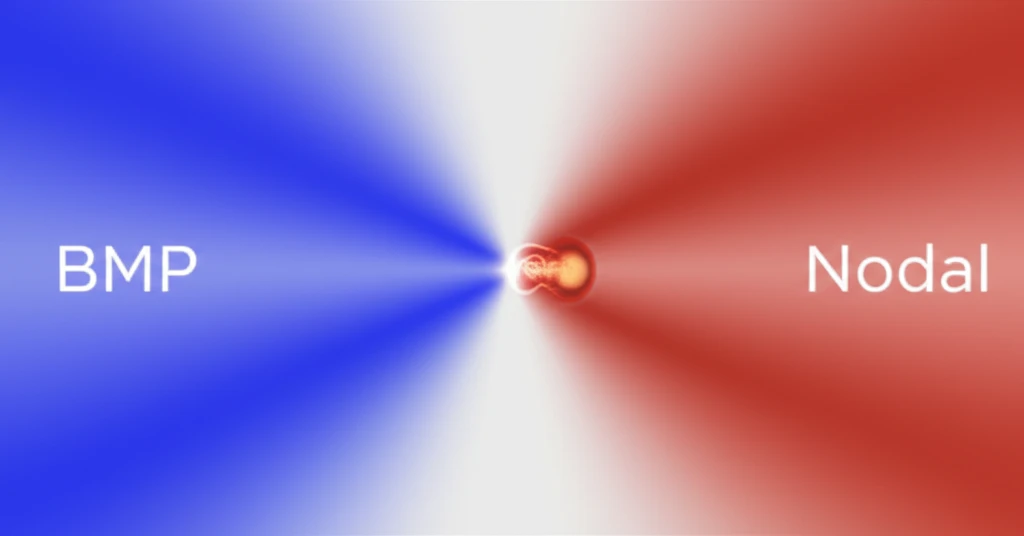
Building Blocks of Life: How Scientists Created a Vertebrate Embryo From Scratch
"Revolutionary research unveils the minimum requirements for embryonic development, paving the way for regenerative medicine."
The development of a vertebrate embryo is a marvel of biological engineering, orchestrated by complex molecular and cellular processes. These processes progressively instruct embryonic cells, assigning them their identities and dictating their behaviors. Over the past two decades, researchers have identified numerous genes crucial to vertebrate embryo development [1, 2].
However, a fundamental question remained unanswered: What are the minimal conditions required to instruct pluripotent embryonic cells and organize them into distinct tissues and organs? This challenge was taken up, seeking the experimental conditions necessary to construct a complete embryo by instructing early-stage zebrafish (Danio rerio) cells using a combination of morphogenic signals.
The quest to understand how embryos are formed has a rich history. Nearly a century ago, Hilde Mangold, a student in Hans Spemann's lab, conducted a pivotal experiment. She transplanted the dorsal blastopore lip from a gastrula of one species of newt (Triturus taeniatus) to the ventral side of a gastrula of another species (Triturus cristatus, whose cells are unpigmented) [3]. This resulted in the formation of a secondary embryonic axis at the transplantation site.
The Organizer Concept and Its Limitations: Spemann's Legacy

The secondary axis comprised pigmented cells from the donor (Triturus taeniatus) and unpigmented cells from the host (Triturus cristatus). This remarkable ability to organize host cells led to the dorsal blastopore lip being defined as an 'organizer' and subsequently known as the 'Spemann organizer.' Over the past two decades, the molecular nature of this dorsal organizer has been elucidated [4].
- However, when this organizer is grafted into a neutral environment, such as the animal pole of a zebrafish blastula, its activity is limited.
- Only axial mesendodermal tissues like the notochord form [5].
- This result suggested that the organizing activity extends beyond this dorsal center.
Minimum Requirements for an Embryo: Two Gradients
The embryonic margin expresses numerous inducing factors, notably Nodal and BMP (bone morphogenetic protein). The BMP signaling pathway is active ventrally, decreasing towards the dorsal margin. Conversely, Nodal activity is present in all marginal cells, with higher concentration dorsally (Figure 1C). Thus, there’s continuous variation in the BMP/Nodal activity ratio from ventral regions where it’s high, to dorsal regions where it’s negligible (Figure 1C). Opposing gradients of Nodal and BMP define the minimal conditions for organizing a complete embryonic axis.
